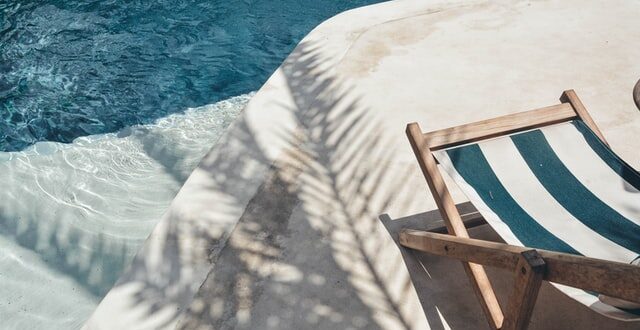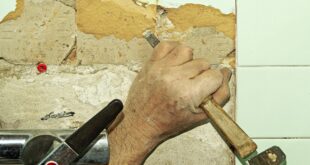This summer, pools in your own backyard will be more popular than ever. The offer on the market is adjusted to your wishes and possibilities, so you can choose. But what kind of pool should you choose for your yard? We will try to help you with that. Here are 5 tips for choosing the right pool for your backyard.
Want A Pool in Your Backyard?
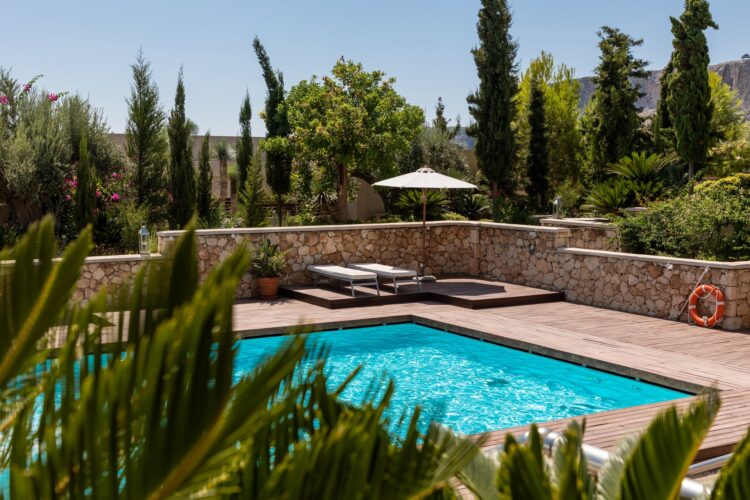
How many times have you dreamed of your pool in the yard of your house or cottage – but you never dared to afford that pleasure. Certainly, the first thing that arises as a question is – how much will it cost you? We did it for you and learned how to make the investment pay off and what you should pay attention to. We will talk about the budget a little later because at the beginning – it is important where you need to position the pool. You need to know how big it will be and what shape it will be – as well as how long it all takes. If you are building a pool in your backyard, you need to keep the following things in mind. These are 5 tips you should memorize when choosing a pool.
1. Position In The Backyard
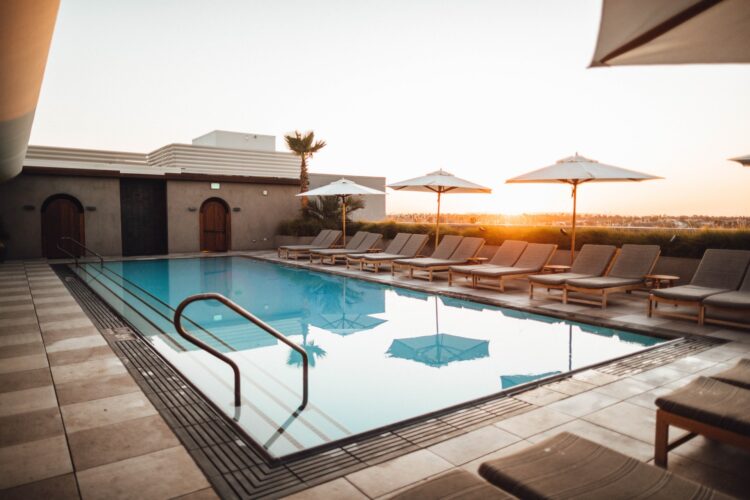
The pool cannot be built without prior land analysis, budgeting, and planning. The precondition is an appropriate excavation – with professionally prepared foundations and an insulating layer. The position of the pool is also related to the lighting and exposure to the sun during the day, the proximity of trees and other vegetation, whether it is hit by the wind or sheltered from atmospheric influences. These are all elements that significantly affect both construction planning and subsequent maintenance.
Sun exposure
Choose a place in the yard that is the sunniest during the day, so that the water heats up as much as possible naturally.
Trees
The proximity of trees and other plants should be avoided due to the shade and falling leaves and branches in the pool.
2. Types Of Pools
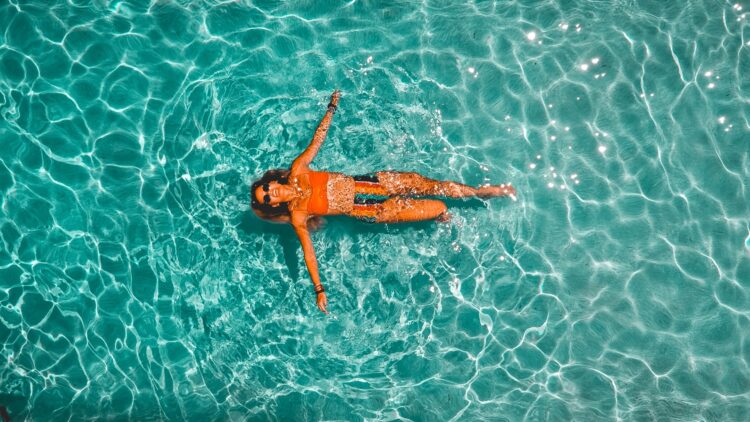
There are different types of pools. According to Capital Country Pools, they can differ in relation to their size, volume, building material, location, delivery system, etc. You should opt for one that will fulfill your needs and conditions that your backyard provides.
Concrete pools
These pools are built of reinforced concrete troughs that are covered with tiles, mosaic tiles, or special paint. Liner pools have a concrete floor and retaining walls – on which a steel sheet is placed and also a PVC liner over it. When performing works, the approach of construction machines is important. In situations when there is no possibility of approaching the excavator – the excavation is done manually, which requires more time. In any case, it is important to decide whether you want to use the excavated soil; for something – or it will be necessary to take it away. The construction of a concrete pool can take about eight weeks. Concrete pools are the longest lasting and highest quality in every respect. At the customer’s request, they can be of different shapes and dimensions. They are covered with ceramic tiles, mosaic tiles, and liner. There are three types of concrete pools.
Skimmer pools
These are pool elements into which pool water enters with all surface impurities – and goes to the filter. The water level in such pools is lower. Maintaining these pools is simpler and cheaper than with an overflow pool.
Overflow pools
https://www.youtube.com/watch?v=fjP_jI_UvhA
Such pools are used for public baths or a large number of swimmers. In overflow pools, the water comes to the compensation pool through the overflow channels – from where it goes to the filtration device and is purified. They are more demanding in construction.
Liner pools
These are concrete pools lined with PVC liner. A felt is placed between the concrete and the liner to protect the liner. Liner warranties last up to 10 years. The liner can be changed if necessary.
3. Servicing The Pool
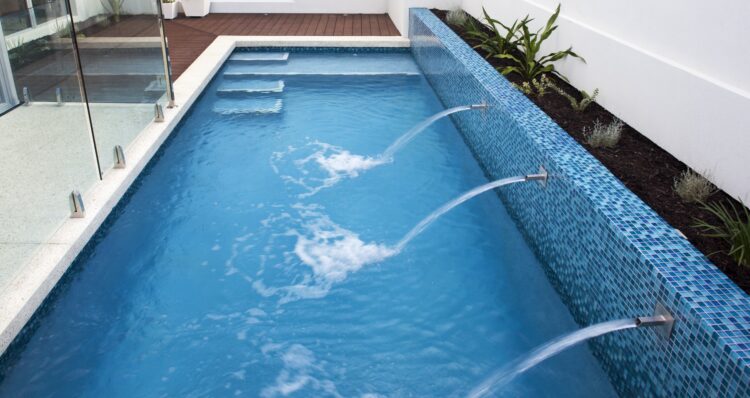
Special attention should be paid to the servicing of the pool – as well as pool equipment. Stairs or ladders for entering and exiting the pool, manual cleaning brushes or automated robots, hydromassage, jet pumps, filters, lighting, hydro and electrical installations – will significantly affect the overall cost of construction and functionality. Regular servicing and maintenance of the pool and pool equipment guarantee extended service life – and eliminate all unplanned costs. Professional water treatment and timely response to any changes significantly raise the level of water quality – and suppresses the development of bacteria and algae. It also drastically reduces the consumption of water and electricity.
4. Chemical Water Treatment
A clean pool and clean waters are a priority and our ultimate goal. If you have a good company that takes care of your pool – then you also have a good ally. Real professionals will clean your pool flawlessly, remove calcium from your tiles – and with proper chemical treatment will keep bacteria and algae away. Therefore, the water in your pool will be crystal clear and ready to enjoy. It should be borne in mind that this is still a job for professionals. Chemical treatment of water in the right ratio of quantity and choice of means for water treatment is of key importance for both – water quality and economic savings.
5. Pool Equipment And Technique
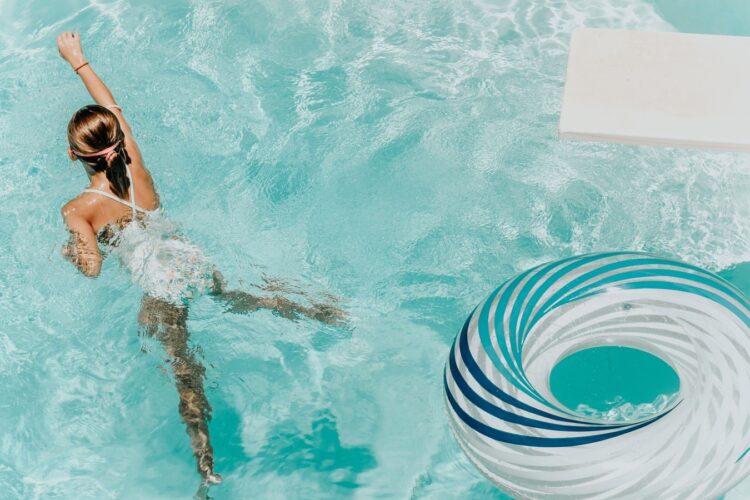
One thing is for sure: When you have a pool in the yard, it is unthinkable without pool equipment and technique. You need it, it has its purpose, and it also makes swimming in the pool much more pleasant. The basic parts of pool equipment and techniques include:
Filters
High-quality water filters, depending on the purpose, are usually made of polypropylene, polyethylene, or fiberglass – with excellent filtration characteristics.
Pumps
Pool water pumps usually operate on the principle of manual or automatic control. Frequency modulators are used to regulate the speed of water flow through the filtration device and thus relieve the pump – prolong its life with economical electricity consumption.
Heating equipment
Heating equipment includes heat pumps, heat exchangers, programmers, and air dryers. Water and air temperature is the most important element for the proper use of the pool. Proper selection of devices gives exceptional results – with economical energy consumption.
Additional devices
In addition to the basics, there are additional devices and techniques – such as cleaning equipment, brushes, nets, underwater vacuum cleaners, and automated robots, floodlighting, floating thermometers, dispensers, UV lamps, automatic chemical water maintenance, hydrolysis devices, hydromassage, and jets, etc.
The Bottom Line
The hot summer lasts longer every year and there is more and more interest in building a pool in the backyard. The most popular are classic pools of all sizes and shapes – and if you want a pool in your backyard, the most important thing is to focus on choosing a pool. Therefore, look for quality installation and maintenance.
 Hi Boox Popular Magazine 2024
Hi Boox Popular Magazine 2024
